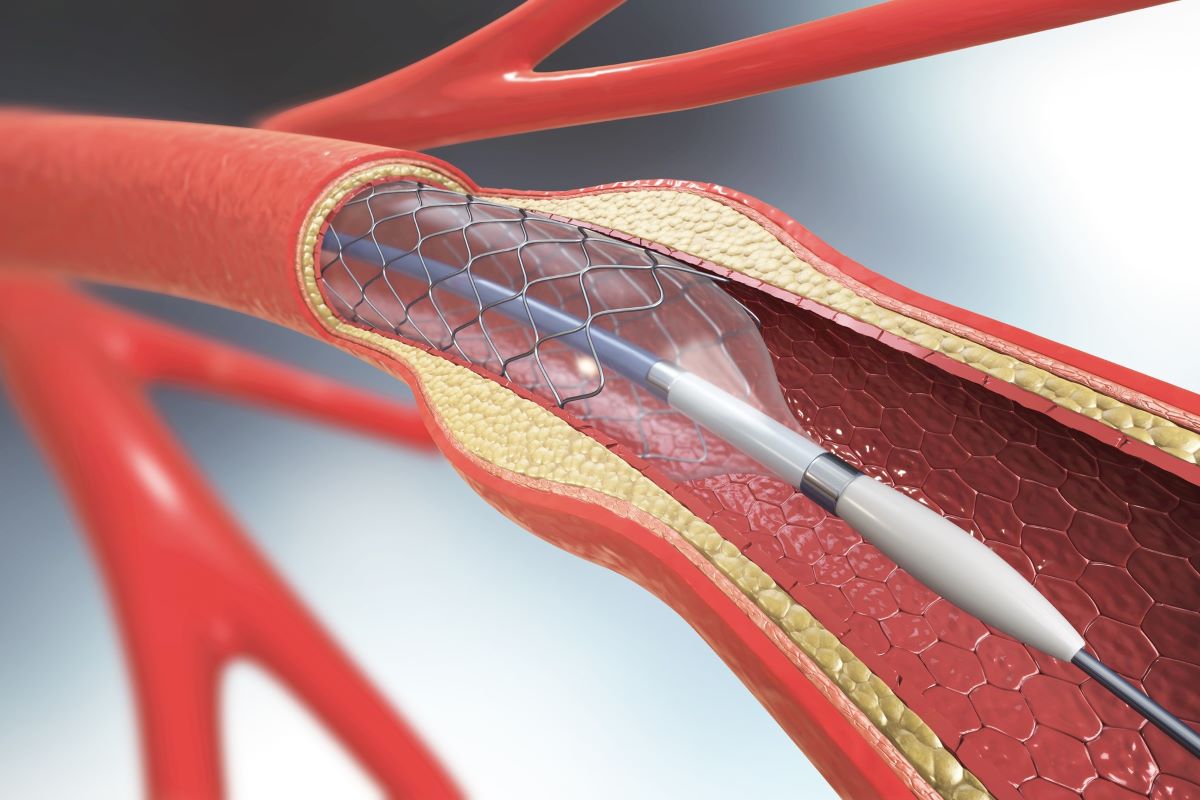
Cardiac stents play a crucial role in the management of coronary artery disease (CAD), a condition characterized by the narrowing or blockage of coronary arteries, which supply blood to the heart. CAD is a significant global health concern, responsible for approximately 18 million deaths annually, with around 800,000 heart attacks occurring each year in the United States alone. This staggering prevalence underscores the importance of education, early recognition and preventive measures.
How does coronary artery disease develop?
The development of coronary artery disease is a gradual process influenced by various risk factors, including diabetes, hypertension, high cholesterol, smoking and obesity. These conditions lead to inflammation and damage to the endothelium, the inner layer of arteries. As the endothelium becomes compromised, it creates cracks that allow low-density lipoprotein (LDL) cholesterol and inflammatory cells to infiltrate and form plaques. The process is akin to baking a cake, where multiple components — cholesterol, inflammatory cells and platelets — combine to form a thrombus that can eventually block blood flow. As plaques accumulate, they can either grow larger or become unstable, potentially rupturing and causing complete obstruction of flow resulting in a heart attack or myocardial infarction. Diminished blood flow or no blood flow leads to myocardial cell death and results in the development of heart failure with cardiomyopathy.
What is heart catheterization?
Heart catheterization is a key procedure for diagnosing and treating CAD. This minimally invasive technique is performed in a catheterization lab, where an X-ray machine captures real-time images of the heart and coronary arteries. To visualize blockages, a special iodine-based dye is injected through a catheter, which can be accessed either via the radial artery in your wrist or the femoral artery in your leg. If significant blockages are identified, the physician may proceed with angioplasty, where a balloon is inflated to widen the artery. Often, this is followed by the placement of a stent, a small expandable mesh made of metal or polymer, designed to keep the artery open, allowing blood to flow more freely through the heart muscle.
Types of stents
Stents are typically made from biocompatible materials, such as cobalt-chromium or platinum-chromium, and are available in various sizes to accommodate different anatomical needs. They can be classified into two main types:
- Bare Metal Stents (BMS): These provide structural support but can lead to re-narrowing of the artery (restenosis) over time. These are rarely used due to advancements in medical technology of drug-eluting stents.
- Drug-Eluting Stents (DES): These are coated with medication that helps prevent the formation of scar tissue and reduces the risk of restenosis. Modern DES use drugs like everolimus or zotarolimus, which are effective in promoting long-term success and patency.
Not all patients with plaque buildup require stenting; the decision is guided by symptoms such as angina, shortness of breath and fatigue, as well as diagnostic test results. In cases of acute heart attacks, immediate intervention is critical to restore blood flow and minimize permanent heart damage.
After the procedure: Care and medications
The job is not done after stent placement. Addressing risk factors through lifestyle changes and regular communication with health care providers is vital — including controlling risk factors like diabetes, blood pressure and cholesterol, which can significantly influence outcomes.
Patients typically need to adhere to a regimen of medications, including antiplatelet agents and statins, to manage blood clot risks and cholesterol levels effectively.
Conclusion
In conclusion, understanding the role of cardiac stents and the heart catheterization process can empower patients to take charge of their heart health. By recognizing symptoms early, following medical advice and implementing lifestyle modifications, individuals can improve their quality of life and mitigate future heart-related risks.
If you have any questions or concerns about your condition or treatment options, reaching out to your health care provider is crucial; your heart health is invaluable.
Learn more about Northside Hospital Heart Institute.

